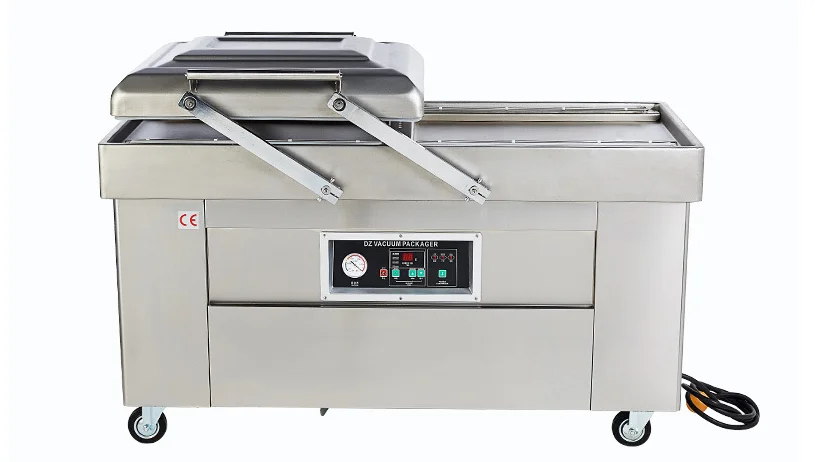Cages Designed for Optimal Housing of Layer Poultry in Modern Farming Systems
Dec . 03, 2024 19:37 Back to list
Cages Designed for Optimal Housing of Layer Poultry in Modern Farming Systems
Cages for Layer Poultry An Overview
Layer poultry farming has been a significant aspect of the agricultural sector, providing the world with a consistent supply of eggs. As the demand for eggs increases, so does the necessity for efficient and humane farming practices. One of the pivotal discussions in this context revolves around the use of cages for layer poultry. This article delves into the various aspects of housing systems for layer hens, particularly the cage systems, their advantages and disadvantages, and the ongoing debates surrounding them.
Cages for layer poultry, often referred to as battery cages, have been the traditional method of housing hens used in large-scale egg production. These cages are designed to accommodate multiple birds in a confined space, allowing for efficient management and high production output. The primary advantages of cage systems include increased egg production, improved biosecurity, and easier management of the birds. In a well-organized cage system, producers can monitor the health and productivity of their birds more effectively, resulting in fewer diseases and better overall flock health.
Despite these advantages, the use of cages has sparked considerable controversy and concern over animal welfare. Critics argue that battery cages restrict the natural behaviors of hens, such as nesting, perching, and social interaction. The cramped conditions in which these birds are kept often lead to stress and can result in physical issues, such as feather pecking and osteoporosis. As consumer awareness of animal welfare grows, many have begun to advocate for alternative housing systems that allow for more freedom of movement and better quality of life for the hens.
cages for layer poultry

In response to these concerns, some egg producers have shifted towards alternative systems, such as enriched cages, barn systems, and free-range systems. Enriched cages provide a larger space for each bird and include features that allow for natural behaviors, such as nesting areas and perches. Barn systems house hens in a large indoor space without cages, offering the birds freedom to roam, though they still lack outdoor access. Free-range systems allow hens to roam outdoors during the day, which is often viewed as the most humane option, but these systems come with their own challenges, such as higher susceptibility to predators and diseases.
The transition away from conventional cage systems has not been without its challenges. Farmers must consider the costs associated with infrastructure changes, potential decreases in production efficiency, and the impact on the overall economics of their operations. Additionally, as the industry moves towards these more animal-friendly practices, there is a risk that egg prices may rise, which could influence consumer choices.
Regulatory bodies and animal welfare organizations across various countries are also taking steps to address these issues. Many regions have started implementing stricter regulations regarding the use of battery cages, with some countries outright banning them. These legislative changes reflect a growing recognition of animal welfare and consumer demand for ethically produced food. In light of these developments, it is crucial for poultry farmers to stay informed about evolving regulations and market trends to adapt their practices accordingly.
In conclusion, the use of cages for layer poultry has been a cornerstone of the egg production industry, offering certain efficiencies and benefits. However, as discussions around animal welfare become increasingly prominent, the industry faces a transformative period. The shift towards more humane housing systems not only addresses the ethical concerns raised by consumers and animal welfare advocates but also poses an opportunity for the poultry industry to innovate and improve. Ultimately, the future of layer poultry farming will depend on striking a balance between productivity, cost-effectiveness, and the welfare of the hens. As more producers adopt alternative systems and as consumer preferences evolve, it is likely that the landscape of egg production will continue to change, reflecting a more compassionate approach to farming practices.
-
Automatic Feeding Line System-Pan Feeder Nipple Drinker|Anping County Yize Metal Products Co., Ltd.
NewsJul.29,2025
-
Hot Sale 24 & 18 Door Rabbit Cages - Premium Breeding Solutions
NewsJul.25,2025
-
Automatic Feeding Line System Pan Feeder Nipple Drinker - Anping County Yize Metal Products Co., Ltd.
NewsJul.21,2025
-
Automatic Feeding Line System Pan Feeder Nipple Drinker - Anping County Yize Metal Products Co., Ltd.
NewsJul.21,2025
-
Automatic Feeding Line System - Anping Yize | Precision & Nipple
NewsJul.21,2025
-
Automatic Feeding Line System - Anping Yize | Precision & Nipple
NewsJul.21,2025






